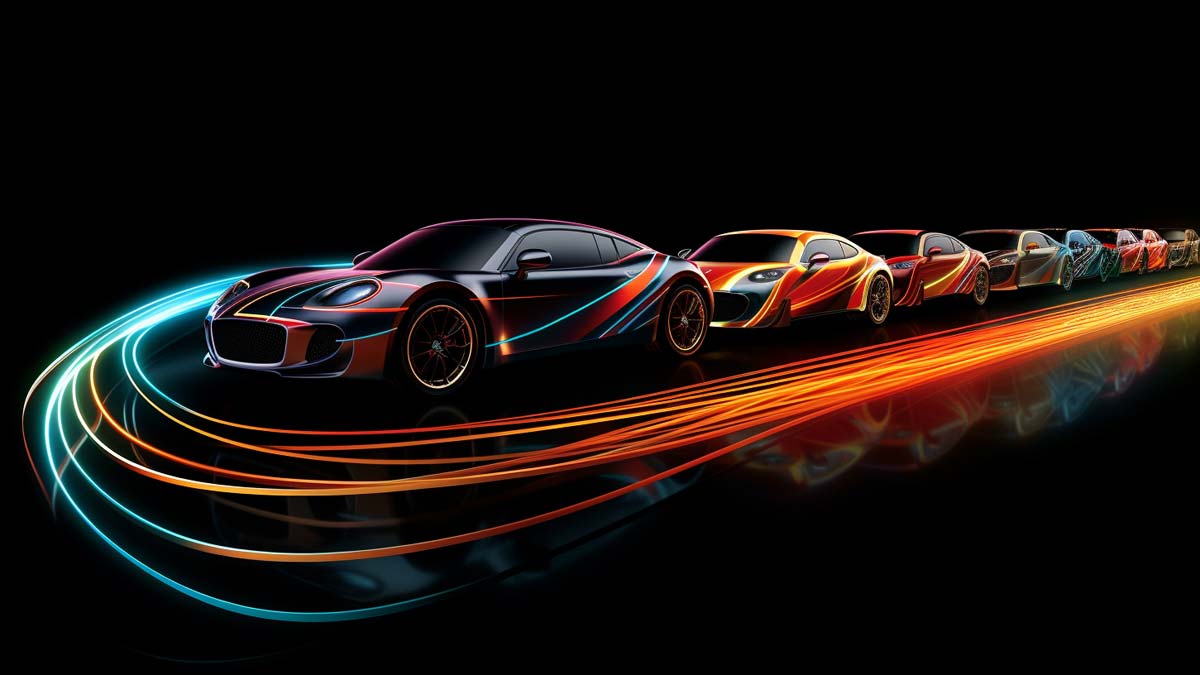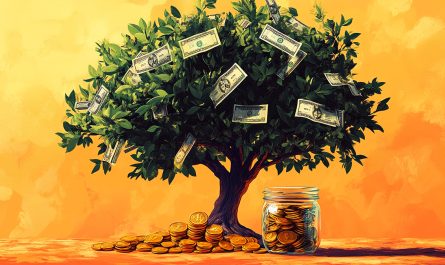Last Updated on March 4, 2025 by Avia
Unlike other machines, cars are made of more than just metal bodywork that only takes us from one point to another. They speed racetracks, cruise down byways, and transform into our unique personalities. However, have you ever paused to look into the symbolism of cars?
This article is intended to delve into the mysterious symbolism of car meanings, uncovering the cryptic messages hidden behind the façades of different car models and their features. Symbolic layers are revealed with more knowledge about them, and as a result, we can more comprehensively see into life and culture.
Table of Contents
History of Car Symbolism
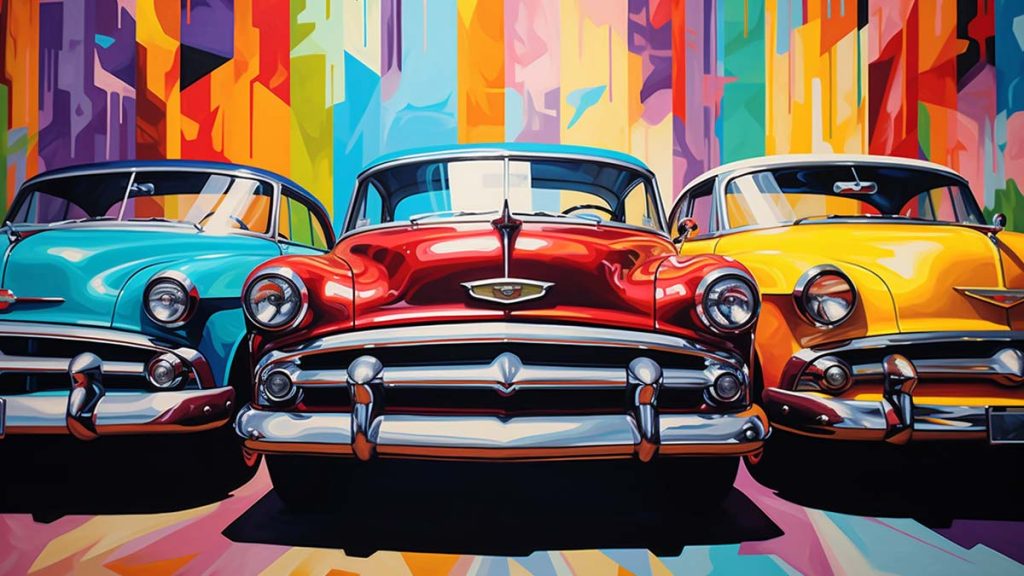
The car has evolved from a simple mechanical device to a very important cultural phenomenon in the history of humankind.
Initially, they were symbols of wealth and luxury exclusively worn by those who afforded them. Think of the missed years when a car was more than just a car; it was rare and special to you, like a Rolls Royce Boat Tail.
By then, the shift to mass production followed, making cars necessary for most of the population. This period constituted the idea of the car as a symbol of freedom and possibility. The classic car film gives you an idea of the American road trip on which a car is a vehicle for fun and escapism.
These tough vehicles can reflect a different era of work, ruggedness, or even a passion for the outdoors. If you want to relive that history and excitement, you should join the vehicle market and browse the listings of classic trucks for sale.
Symbolism in Car Models
Car models carry more weight than just horsepower and fuel efficiency. They can be rolling statements, reflecting function and the driver’s personality and aspirations. Let’s discuss the world of car symbolism:
Analysis of Popular Car Models:
- Muscle Cars (Dodge Challenger, Chevrolet Camaro): Revving and attracting attention like no other car, these beauties signify a strong independent spirit and first-hand knowledge of the past. These images hearken to American workmanship with muscle hood during a bygone era.
- Luxury Sedans (Mercedes-Benz S-Class, Lexus LS): Streamlined beauteous with opulence while accompanied by comfort, the luxury sedans silently project success and accomplishment. Through the grapes, the author hints at the cultured taste and an eye for the beautiful and luxurious.
- SUVs (Toyota Highlander, Ford Explorer): They are role models on different occasions of life, symbolizing adventure, necessity, and family. They demonstrate that your truck is ready for any road conditions through their stop-on-a-dime braking system and their ability to tow heavy trailers.
- Fuel-Efficient Hatchbacks (Toyota Prius, Honda Insight): They are the products of the technological evolution that aims to preserve the environment and nature, besides being responsible. In reality, this behavior prioritizes speed and carbon footprint reduction.
- Sports Cars (Porsche 911, Ferrari 488 GTB): Sleek, stylish, and transported on the urgency of the mind- speed sports cars represent all aspects of the driving desire and the need to go fast. They are the pinnacle of a fashion of dance, music, entertainment and a little amount of unique signature.
Color Symbolism in Cars
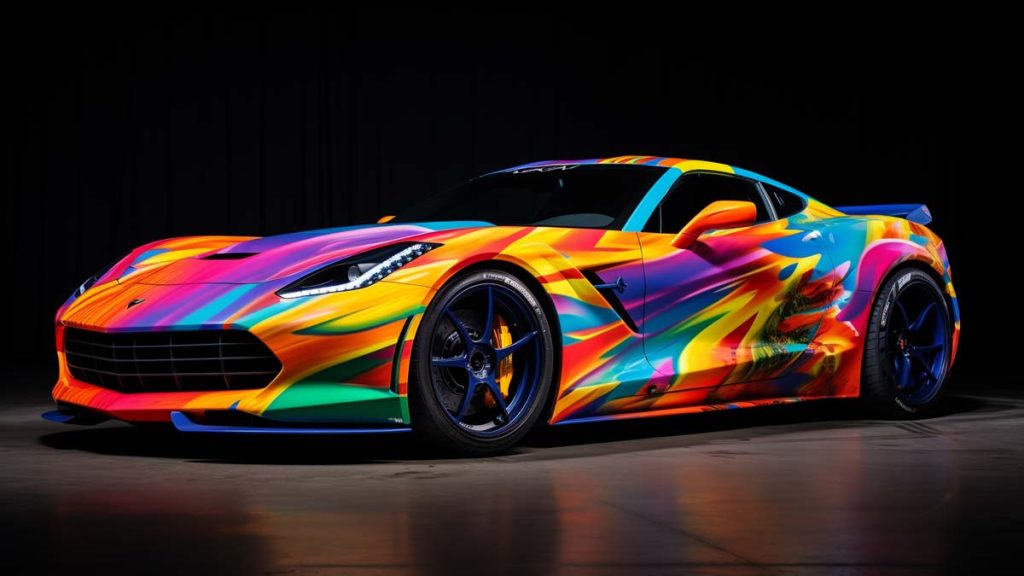
Car colors are not only about aesthetics; they can be mental instructions that may reveal the driver’s personality.
High-impact colors like red flaunt daring and energy, commonly endorsed by racing drivers or those craving the spotlight. Alongside that, blue is associated with calmness and faithfulness, which explains its popularity as it suits the family sedans.
It is the shine on the modern luxurious cars which we often see that is silver. Black is a symbol of power and authority, used by daring drivers who would rather look serious and respected rather than an ordinary driver.
Even colorless shades, such as white, carry symbolism; they stand for purity and cleanliness, perfect for safety-oriented drivers who want to show off a new image. And the image of a bordered black car makes one think of a no-nonsense, serious personality.
Symbolism in Car Features
Aside from the design on the vehicle spectrum, car features are symbolic. Here’s how:
Performance Features
Superchargers, ear-splitting exhausts, and licensing plates with wings suggest an urge to act fast, to brag, and to have an impact. Through these elements, the carmaker is thus emphasizing power and grandeur on the road.
Safety Features
The ADAS implementations, like lane departure warnings and automatic brakes, show caution and responsibility. They appeal to motorists who care about their safety and that of their fellow drivers.
Luxury Features
Soft leather chairs, gorgeous panoramic sunroofs, and top-notch sound systems offer opulent comfort, indulgence, and the delight of appreciating high class. These elements hint eloquently at wanting to have a high-class driving experience.
Technology Features
The introduction of head-up displays, self-parking capabilities, and in-car connectivity features reflects the association with modern, advanced technology. Through them, the driver will broadcast the image of a person continually reinventing themself and always on top of his game.
Green Features
Modern hybrid or electric vehicles, supplemented by regenerative applications and aerodynamic designs, symbolize environmental consciousness. Those details show a green-minded stance to drive sustainability and carbon footprints.
Cultural and Societal Symbolism
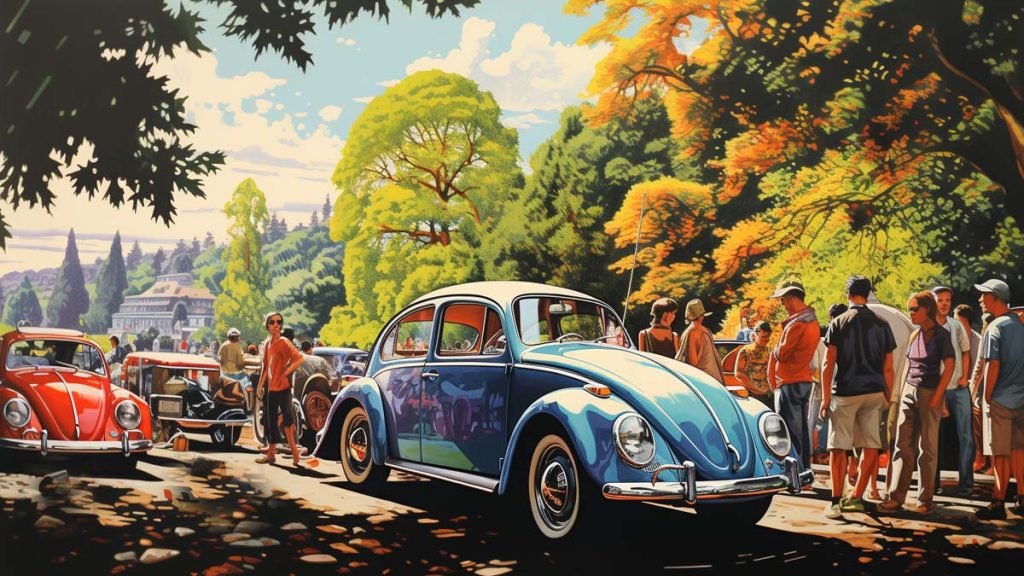
Vehicles have multi-form significance in various cultures, where they are status symbols, signs of riches, and representations of individuality. In a captious society like the US, obsessed over individualism, owning a car symbolizes freedom and independence.
Road trips are the opposite of old-fashioned car trips used by the oldies to demonstrate their liberty in the past. The vehicle on itself can become a sign of that. Therefore, luxury brands usually shout about that wealth, but more practical ones are about responsibility.
Social norms also mold an individual’s identity. In nations that have developed public transport in many of their experts, car ownership could diminish in importance, with more eco-friendly cars supporting the cultural values of living in harmony with nature.
Car culture is an intriguing phenomenon that depicts a connection between personal choice and popular perception or, more bluntly, the symbolism of the car on different levels.
Conclusion
Cars are greater than the typical machines; they are road stories accented by cultural symbolism and individual taste.
By studying car types, their characteristics and colors, and visualizing the significance of each, we learn a valuable lesson on how roads, which are a unique language, help drivers express their personalities and reflect the society in which they operate.
It ranges from the throaty sound of a muscle car to the clean outline of a luxury car, and every vehicle sounds distinct as it reaches its destination, not just on the hood but in life, too. Ultimately, the symbolism of cars opens up a whole new world of meaning, enriching your overall driving experience. Happy motoring!
